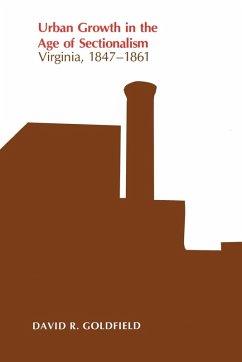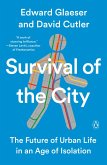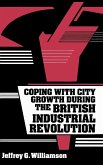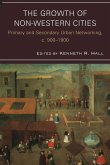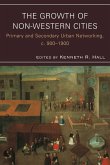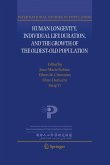The urban growth of Virginia during the decade and a half before the Civil War has been an unjustly neglected subject in American history. With this authoritative book David Goldfield fills a long-standing gap in historical scholarship by providing much new information and a fresh perspective on urban development in the Old Dominion during the turbulent antebellum years. According to Goldfield's interpretation, the urbanization of Virginia was prompted, in part, by the response of the state's leaders to the sectionalism that increasingly influenced prewar southern ideas. Caught up in the intense competition for western trade and commerce, Virginia's urbanizers dreamed of railroads and canals flung across the continent and bringing the wealth of the West into the Old Dominion. To realize these heroic visions, the state's entrepreneurs planned railroad networks, invested in manufacturing, and sought to establish trade with Europe. Lynchburg and Petersburg became centers for tobacco manufacturing, the ports of Alexandria and Norfolk saw a resurgence of shipping activity, and Richmond developed flour-milling and iron-manufacturing industries. Local governments, labor systems, and the cities themselves expanded to accommodate urban growth, embracing the farmer as a partner in the urban economy. Finally, a distinct urban consciousness developed to provide an intellectual framework for the urbanization process. Despite the unprecedented growth of Virginia's cities, however, their dreams of economic independence remained unfulfilled. By 1861 the state was more economically dependent on its northern rivals than it had ever been before. As the state reluctantly seceded from the Union, the subject of urban economic growth elicited sharp debate at the secession convention. Urban Virginia would have to wait until the "New South" years to renew the dreams of economic independence.
Hinweis: Dieser Artikel kann nur an eine deutsche Lieferadresse ausgeliefert werden.
Hinweis: Dieser Artikel kann nur an eine deutsche Lieferadresse ausgeliefert werden.

